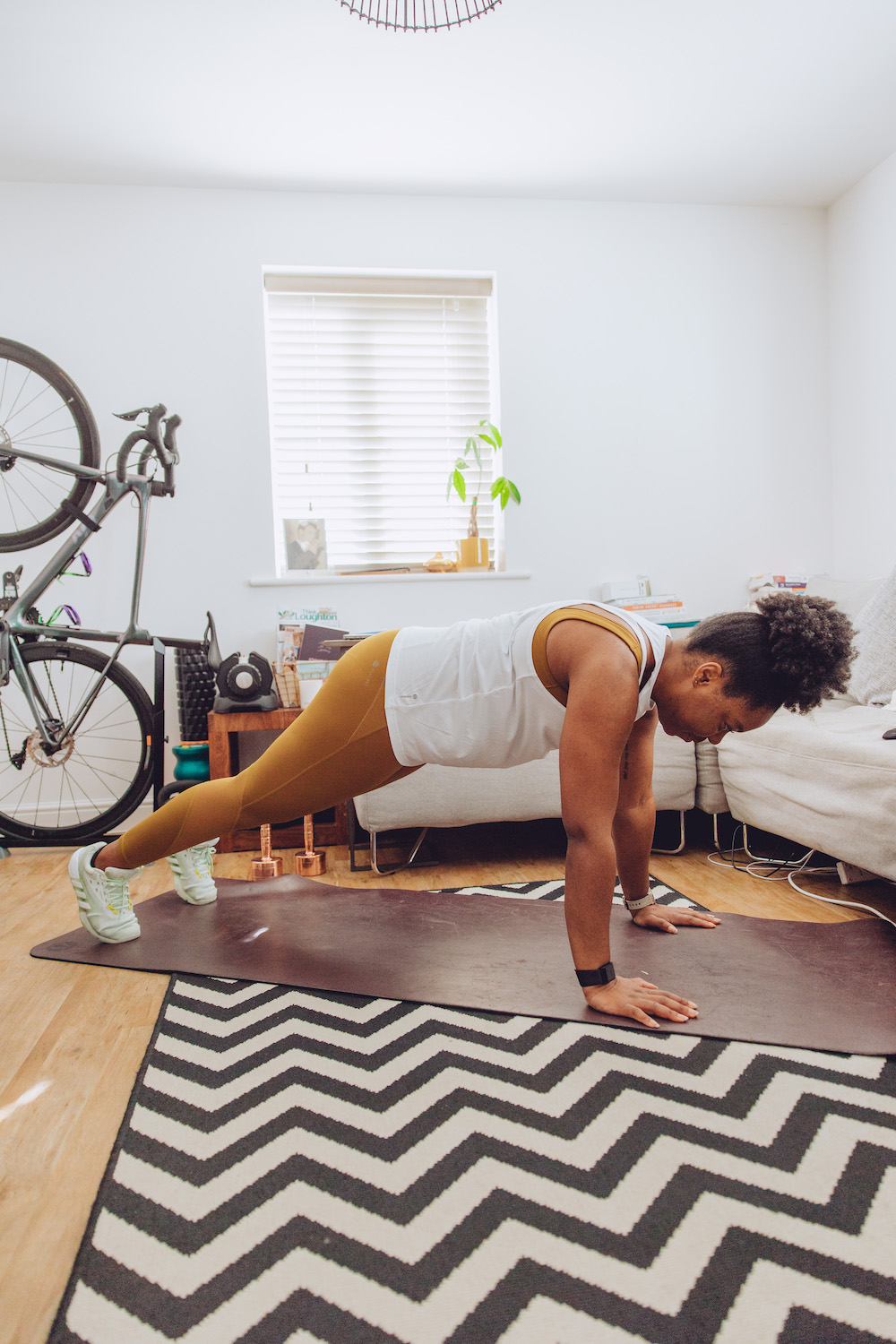
When it comes to a plank exercise, we’re talking about one of the best exercises for building serious core strength. A good plank engages your abdominal muscles—including the rectus abdominis and transverse abdominis—while also working your lower back, upper back, shoulder blades, and glutes. Essentially, the entire torso gets involved.
For anyone looking to support their everyday activities, prevent low back pain, or boost athletic performance, a standard plank or basic plank is a fantastic exercise to add to your workout routine. Many personal trainers with years of experience, including myself, recommend it as a great starting point for improving core stability and reducing injury risk.
Why Planks Are a Great Exercise
in my opinion, plank is a core move we should master before moving on to compound and more complex variations.
Planks are an isometric exercise, meaning you hold a static plank position for a set length of time. Because you’re engaging multiple muscle groups—such as the abdominal muscles, back muscles, shoulders, and glutes—planks have an all-in-one effect on your entire body. This makes them especially helpful for cultivating a strong core.
Recently, there’s been a surge in plank challenges (like the 30-day plank challenge, the 3-minute plank, and the 2-minute plank). These challenges highlight how versatile and accessible planks can be. They’re also an ideal way to track progress and stay motivated. If you’re aiming to improve core strength without needing loads of equipment, the plank exercise is hard to beat.
How To Do A High Plank
The high plank is a classic form of the exercise and an excellent place to start if you’re new to planks or looking to refine your core routine.
1. Begin with your hands placed directly under your shoulders
2. step your feet back, and align your body so there’s a straight line running from head to heels. Draw your belly button towards your spine to engage your deep core muscles, and squeeze your shoulder blades together just enough to keep your upper body active.
3. Maintain a neutral position in your neck by gazing slightly ahead of your fingertips rather than tucking your chin or craning upwards. I like to Imagine there’s a straight line running from ears, through the shoulder, hips, knees and then to the toes.
How long you hold a plank for depends on your ability; if you are new to this exercise I would aim for 20 – 30 seconds to start with or try the modified plank (down on your knees). For those who are more experienced, aim to remain in position for 1 minute with good technique.
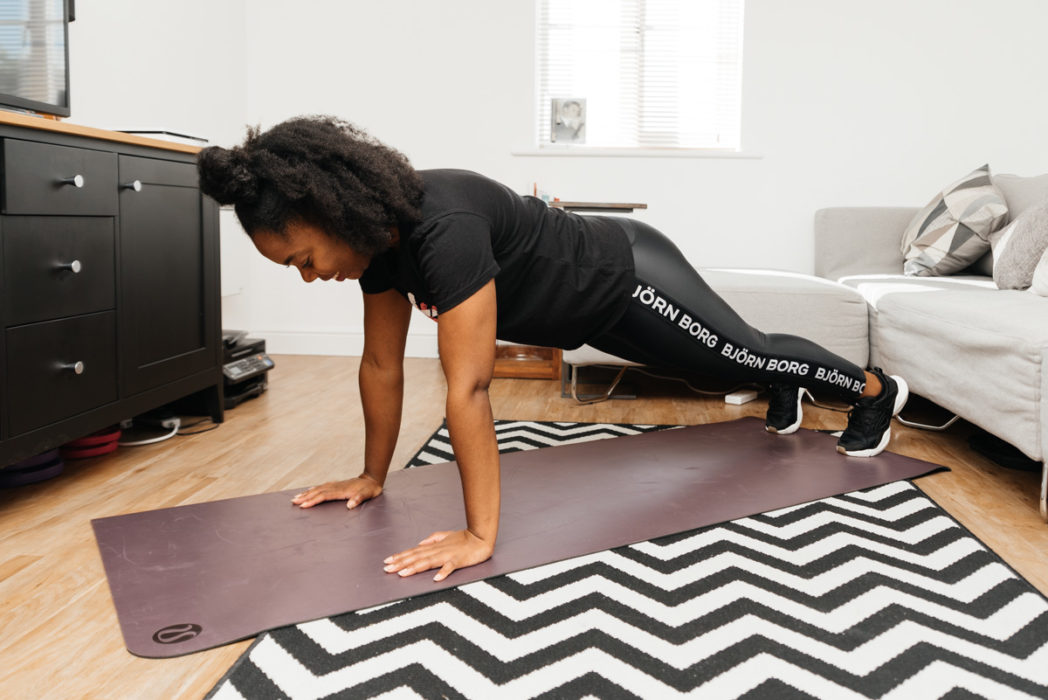
A common mistake when you start losing form is that your hips will start to sag. Lift your hips a bit, pull your core in tight, and focus on pressing your hands firmly into the floor. A long time in a poorly aligned plank can lead to lower back discomfort, so better to hold for shorter intervals with proper form.
Modified Plank As A Regression
If you have a weak core, pain in your shoulders or back muscles, or you’re simply easing into exercise, the modified plank (also called a knee plank) is an excellent alternative.
Instead of balancing on your toes, lower your knees onto a yoga mat or exercise mat, but keep your torso in that same straight line from head to knees.
You’ll still be working your transverse abdominis, rectus abdominis, and back muscles, just without the extra strain that comes from supporting the entire body weight on your toes.
Want to nail MORE fundamental exerciseS?
Common Mistakes To Avoid
Many plank-related injuries happen when people ignore proper form to push for a long time under tension. One common mistake is letting your hips drop so your lower back arches too much. Another is rounding your upper back or shrugging your shoulders up to your ears. In both cases, you compromise the plank position and risk discomfort or pain.
Shorter plank holds with good form will benefit your entire torso more than longer holds with poor alignment. Focus on building stability step by step. You can increase your total holding time as your core gets stronger, avoiding excessive strain that can lead to injury risk.
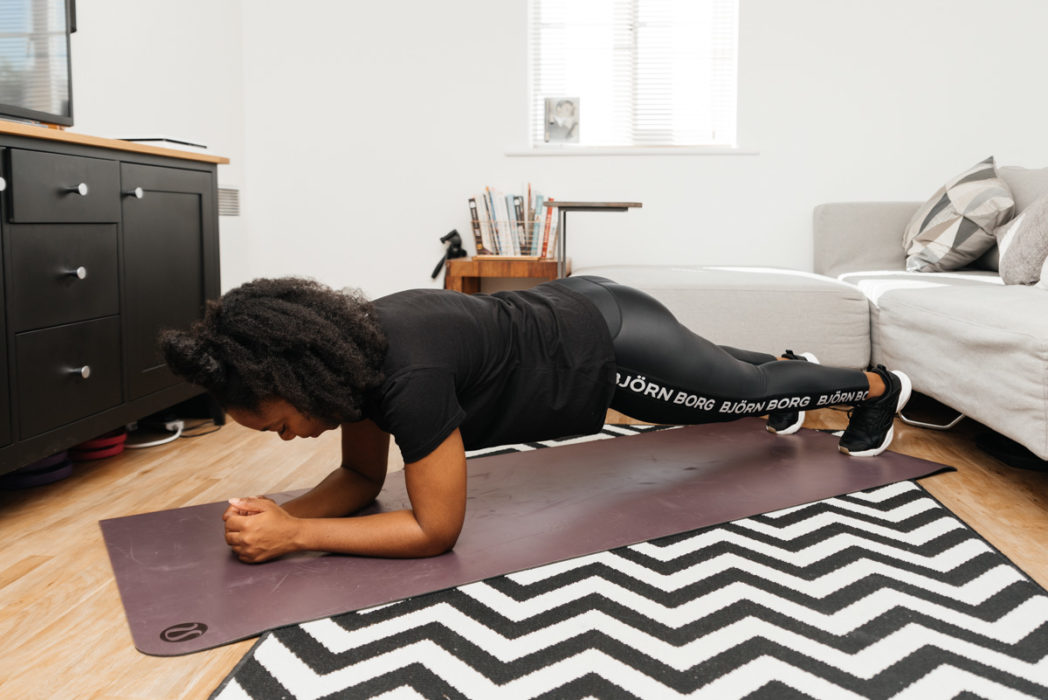
Progressing To Plank Variations
Planks can be adapted to suit nearly any fitness level. Below are a few different variations you might add to your workout routine once you’re comfortable with the basic plank.
Forearm Plank
A forearm plank brings your elbows to the mat. Keep them under your shoulders and either clasp your hands or keep them parallel. Because the lever is shorter, many people find this variation more intense on the abdominal muscles and upper body.
Explore advanced Plank Variations
Side Plank

The side plank targets your obliques and the sides of your lower back, helping to create a stable midsection.
Lie on one side, place your forearm beneath your shoulder, and lift your hips. Form a straight line from head to toe. Hold for your chosen amount of time, then switch sides.
Plank Jack
A plank jack turns a static plank into a more dynamic, cardio-focused exercise. Begin in a full plank (high plank) with feet together.
Jump your feet out to about hip-width, then jump them back. This movement increases your heart ratewhile still engaging your entire core.
I also call this one ‘Cardio Plank’ sometimes.
Single-Leg Plank
A one-legged plank means lifting one foot an inch or two off the floor. The sudden shift in body weight tests your balance and reveals potential muscle imbalances.
Keep your hips level and your glutes engaged. Swap legs halfway through your hold to ensure balanced training.
Knee Tap and Leg Lifts
A knee tap involves briefly tapping one knee to the mat before returning to a push-up position, while leg lifts see you raise one leg towards the ceiling.
Both drills add a dynamic aspect to your hold, helping you develop core endurance without needing a long time under tension.
How Long Should You Hold a Plank?
The amount of time depends on your goals and current fitness level. If you’re a beginner, 20 to 30 seconds is a great way to start, focusing on proper form above all else. As your core strength improves, you can increase the total time to a minute or more. Some people even train for a 3-minute plank or attempt a 2-minute plank challenge to measure progress.
Make sure you maintain a good plank alignment throughout the hold. Once your form starts to break down, take a brief rest. It’s the best way to avoid shoulder pain, lower back strain, or neck tension.
Progress Slowly and Safely
Planks can be hard work, particularly if you’re new to them or have a history of weak core muscles. It’s tempting to jump straight into a 30-day plank challenge or hold a plank for as long as possible, but rushing can lead to burnout or injury. I often suggest a gradual approach: add a few seconds each session, explore different variations for variety, and never compromise on perfect form.
This steady progression will help you build a strong core that supports not only your plank but also other exercises like squats, lunges, and even activities like running or cycling. Over time, you’ll reduce injury risk and see real gains in athletic performance and postural alignment.
Incorporating Planks into Your Daily Life
Planks are a great exercise for more than just gym sessions. You can fit in a quick standard plank while waiting for the kettle to boil or watching the telly. If you work from home, consider taking short plank breaks to re-energise. Not only will this keep your mind alert, but it can help counteract the negative effects of sitting for extended periods.
If you’re already following a structured workout routine, slot in a plank finisher at the end of your session or add a forearm plank between weightlifting sets. The key is consistency. Even short daily planks can have a significant effect on your deep core muscles and overall stability.
Join My HardCore Class
Ready to push your core training even further? My online class, HardCore, is designed to help you develop a strong core while keeping things fun, dynamic, and accessible.
We incorporate variations of the plank (like the side plank, forearm plank, and more advanced drills) into a broader range of core exercises that challenge your entire body.
Each class is just 30 minutes, and we focus on proper alignment to minimise injury risk. I also always ensure that my classes cater to all levels. I’ll guide you through each move, demonstrate correct form, and provide modifications if needed.
You’ll gain confidence, improve your posture, and see just how much a strong core can impact your everyday activities.
Get Your First Class Free
I’d love for you to try one of my HardCore classes. If you’re curious about how a structured core routine can accelerate your fitness journey, use the code CORESTART at checkout for a free first class.
If you wanna try the class in your own time you can use this 30 minute video from a class recording.
Planking is an incredibly versatile exercise that works your whole body, with an emphasis on your entire core. From the traditional plank to the forearm plank and everything in between, you’ll find countless options for tailoring this move to your fitness level.
The key is to remain consistent, progress gradually, and keep your form on point. A good plank will strengthen your back muscles, reduce injury risk, and support you in everything from heavy lifting to everyday activities.
Try adding planks to your home workouts, or use them as part of a dedicated core routine. If you’re keen to take it further, jump into my HardCore classes and let me help you refine your technique. Don’t forget to use your free first class code CORESTART if you’d like to experience a dynamic, results-focused approach to core training.
Your body will thank you for the time and effort you put into refining your plank position. Over the course of a few weeks—or even years—you’ll feel more stable, experience fewer aches, and discover how important a strong core can be for everyday activities, your running and cycling performance.
Happy planking, and I’ll hopefully catch you in class soon!
Elle
p.s Safety always comes first. If you are new to exercise ensure you seek advice from your GP. Make sure you drink plenty of fluids, wear appropriate clothing and carry out drills in a suitable space. Technique is paramount, and nothing should hurt. Should you experience pain, discomfort, nausea, dizziness, chest pain, shortness of breath etc, STOP and consult your GP.

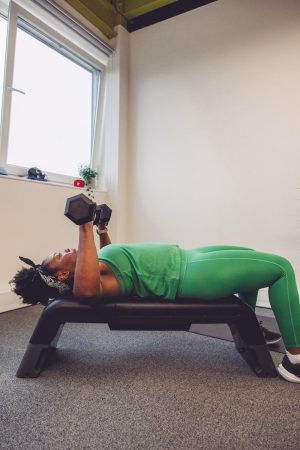

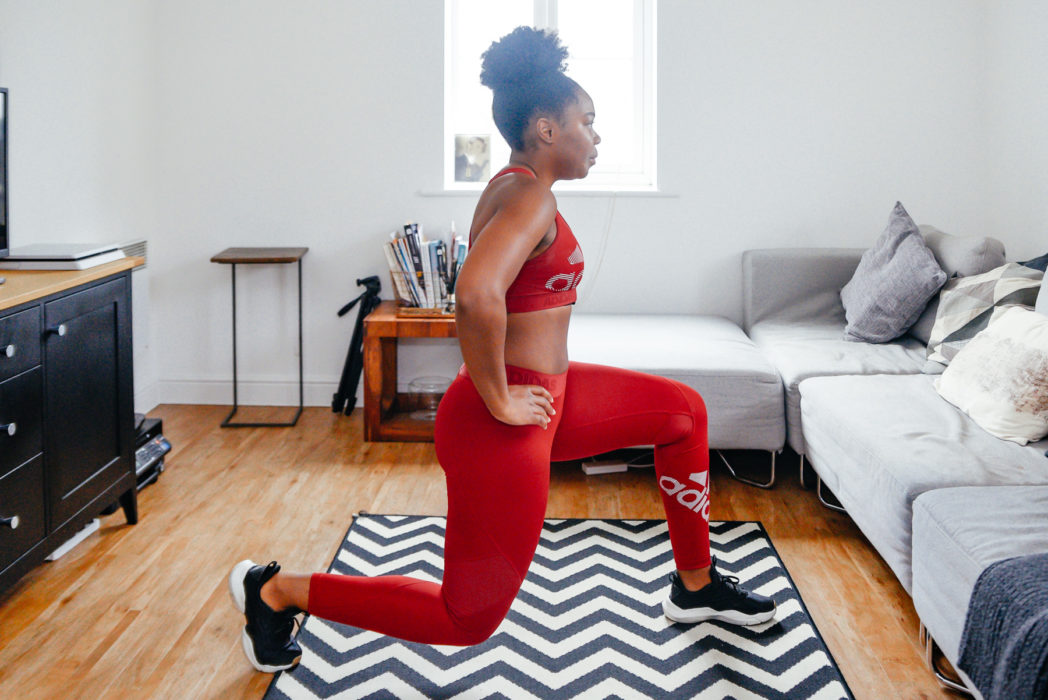


I was so excited to try this but somehow by back always hurts? The only form of exercise I can do is running.
Hey Konstantina, sorry to hear about the back pain. The ironic thing is that a stronger core will help protect your back and reduce pain. I would defo suggest you try the knees down version to start with or used another exercise which takes the strain off of your back. If the pain is not only exercise related then you should consult a doctor / physio about it so you can move on to focus on making your core even stronger!